Using genetically-edited cells to supercharge the immune system caused no adverse effects in cancer patients. It’s too soon to tell if it can be a cure.


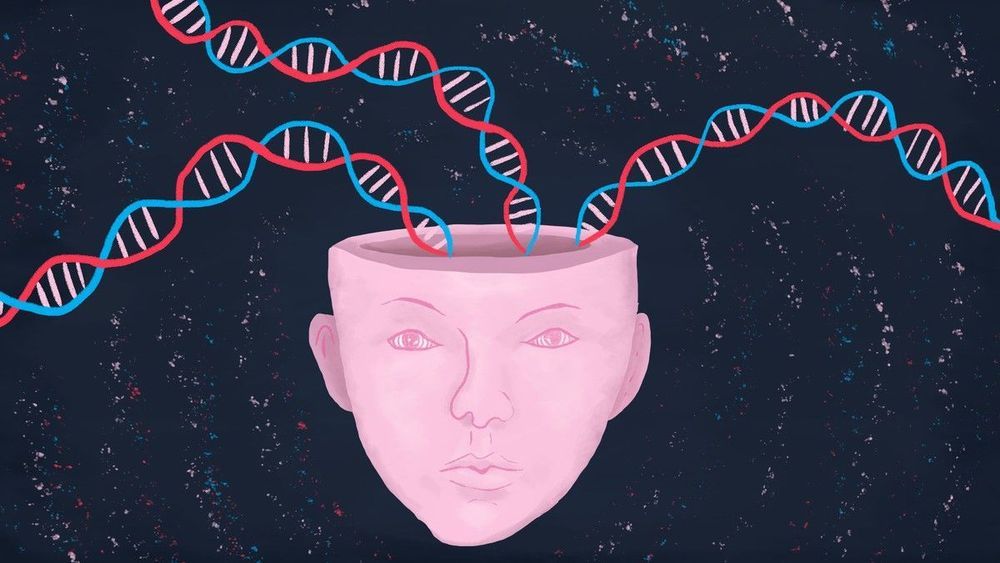
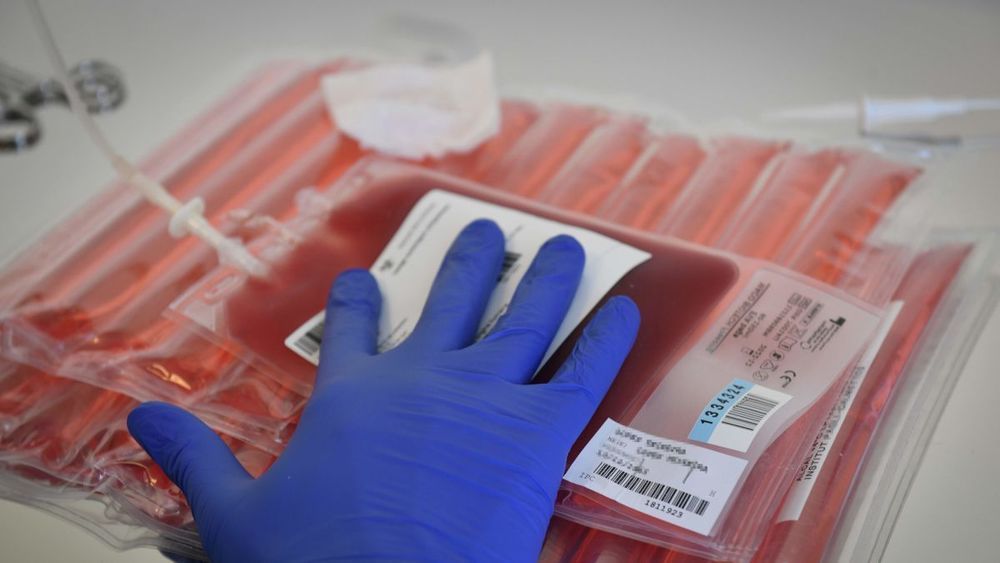
For years, scientists have hoped to use the gene-editing technology CRISPR to help treat all sorts of diseases, including cancer. Now for the first time in the U.S., researchers say they’ve shown that CRISPR-edited immune cells can be safely given to cancer patients and survive for up to nine months—a finding that may signal CRISPR’s future as part of an emerging cancer treatment known as immunotherapy.
The idea that we can boost the human immune system to help it fight off cancer isn’t new. But it’s only recently that researchers have been able to make substantial advances in the field. There are different techniques, but one that’s received lots of attention involves reprogramming our immune system’s shock troops, known as T cells, to attack cancer. T cells are drawn out from a patient’s blood, grown and modified in the lab so that they target tumor cells, and then reintroduced back into the body.
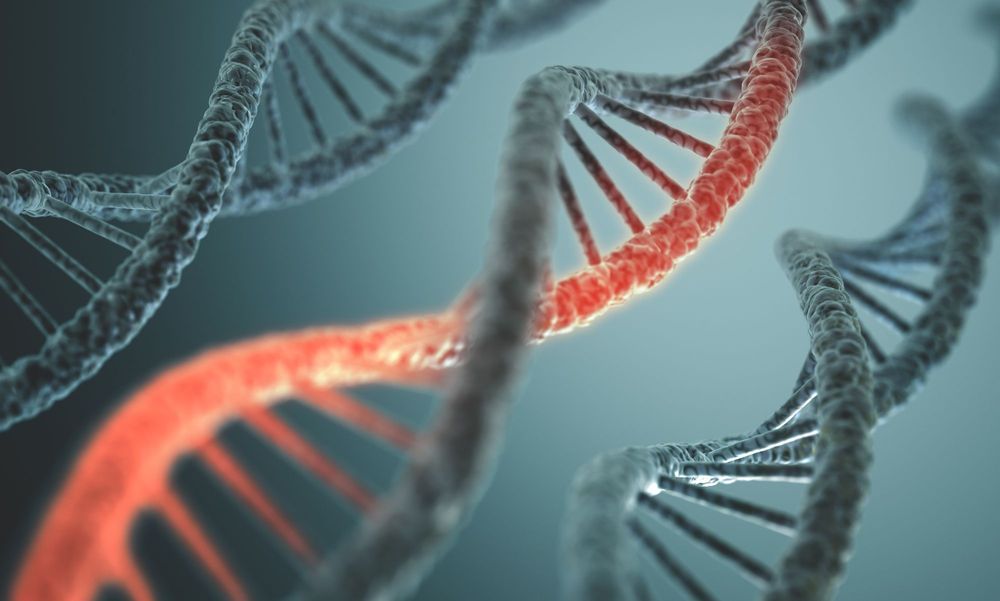
Cancer is a hugely complicated disease, and understanding how it starts and how it can be treated requires an equally enormous effort from scientists. That effort is well underway with the Pan-Cancer Project, an international collaboration dedicated to analyzing thousands of whole cancer genomes. And now, the comprehensive results are being published in 23 separate papers, revealing new details about cancer’s causes and development, and how it can be classified, diagnosed and treated.
Otherwise known as the Pan-Cancer Analysis of Whole Genomes (PCAWG) Project, the collaboration involves over 1,300 scientists from 37 countries. These researchers analyzed over 2,600 whole cancer genomes of 38 different types of tumors, probing deeper than ever into how the disease alters DNA.
One of the most optimistic outlooks from the project is that while the cancer genome is incredibly complex, it’s also finite. That means that it should be technically possible to document every genetic change that cancer can possibly induce. That information can then be used to diagnose which type of tumor a patient has and personalize a treatment plan based on the unique genome of their cancer.
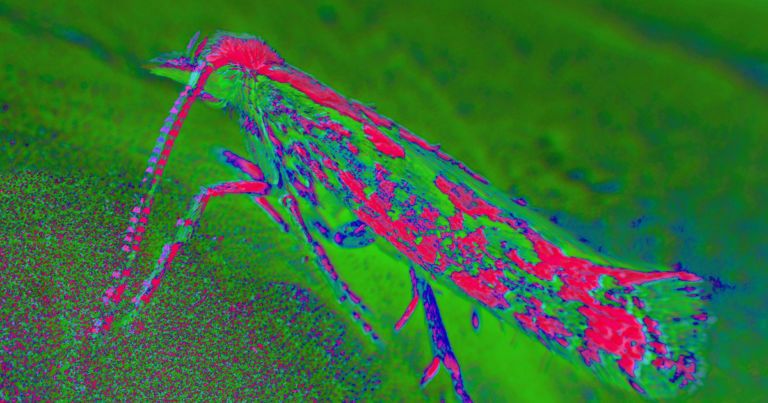
The diamondback moth is a huge pest. It eats a variety of crops, but is largely resistant to insecticides, resulting in upwards of $5 billion in losses every year.
That could soon change, though, as an international team of researchers has created a strain of genetically engineered diamondback moths that could suppress the pest population in a sustainable way — and they just released them into the wild for the first time.
For the study, published Wednesday in the journal Frontiers in Bioengineering and Biotechnology, the researchers engineered the moths so that when the males of the strain mated with wild females, the female offspring would die during the caterpillar life stage.

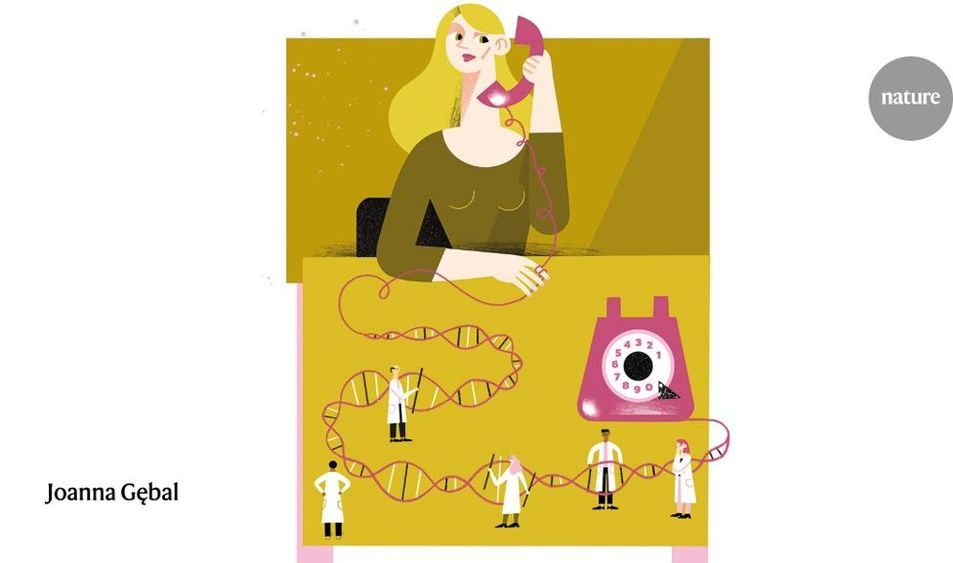
But CRISPR editing — at least as a therapeutic technique in people — has turned out to be more difficult than initially thought. Researchers have documented ways that Cas9, one of the enzymes used in CRISPR gene editing, could trigger immune responses, or cause accidental changes to the genome that would be permanent. RNA editing, by contrast, could allow clinicians to make temporary fixes that eliminate mutations in proteins, halt their production or change the way that they work in specific organs and tissues. Because cells quickly degrade unused RNAs, any errors introduced by a therapy would be washed out, rather than staying with a person forever.
Making changes to the molecular messengers that create proteins might offer flexible therapies for cancer, pain or high cholesterol, in addition to genetic disorders.

Bloom Science and Duke University have entered into an exclusive licensing agreement that provides the biopharmaceutical company access to the intellectual property and technology related to unique strain isolates and genetic variants of Akkermansia genus bacteria.
This type of bacteria has been demonstrated to slow disease progression and prolong survival in animal models of amyotrophic lateral sclerosis (ALS).
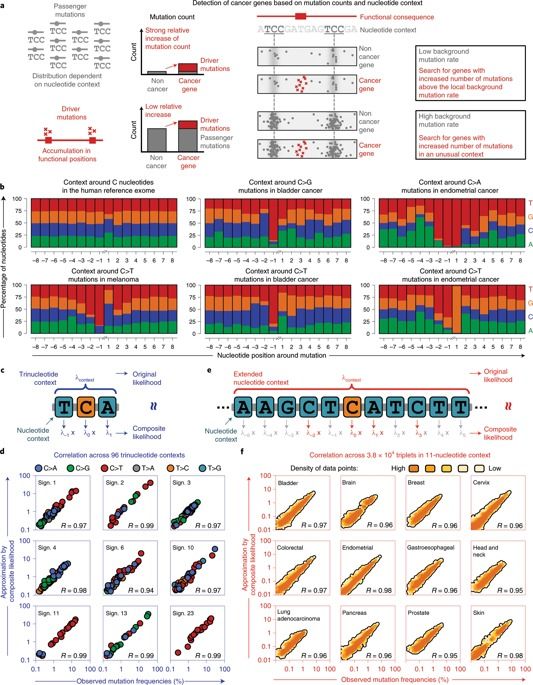
Cancer genomes contain large numbers of somatic mutations but few of these mutations drive tumor development. Current approaches either identify driver genes on the basis of mutational recurrence or approximate the functional consequences of nonsynonymous mutations by using bioinformatic scores. Passenger mutations are enriched in characteristic nucleotide contexts, whereas driver mutations occur in functional positions, which are not necessarily surrounded by a particular nucleotide context. We observed that mutations in contexts that deviate from the characteristic contexts around passenger mutations provide a signal in favor of driver genes. We therefore developed a method that combines this feature with the signals traditionally used for driver-gene identification. We applied our method to whole-exome sequencing data from 11,873 tumor–normal pairs and identified 460 driver genes that clustered into 21 cancer-related pathways. Our study provides a resource of driver genes across 28 tumor types with additional driver genes identified according to mutations in unusual nucleotide contexts.
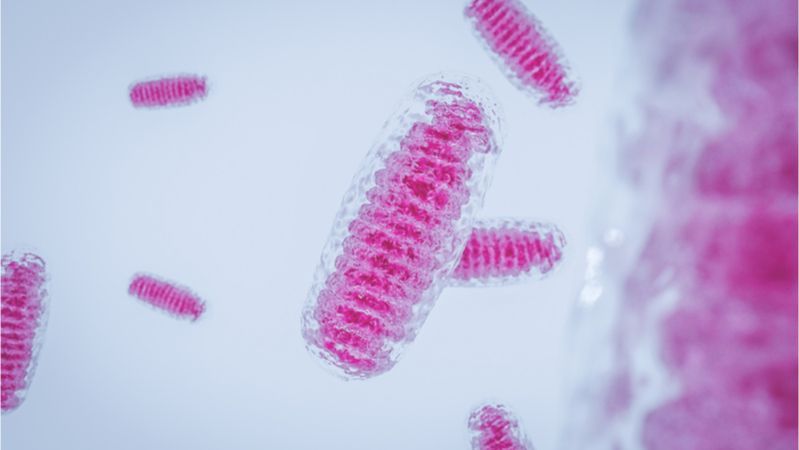
Researchers from SENS Research Foundation, including Matthew O’Connor and Amutha Boominathan, have published a new study showing how codons play an important role in getting copies of mitochondrial genes placed in the cellular nucleus to express themselves correctly [1].
A possible solution to mitochondrial diseases
Mitochondrial disease is not a single disease; in fact, it is a group of rare and related conditions that are thought to affect perhaps 1 in 5000 people. These are caused due to mutations in the genes involved in the process of aerobic respiration, one of the main functions of our mitochondria.